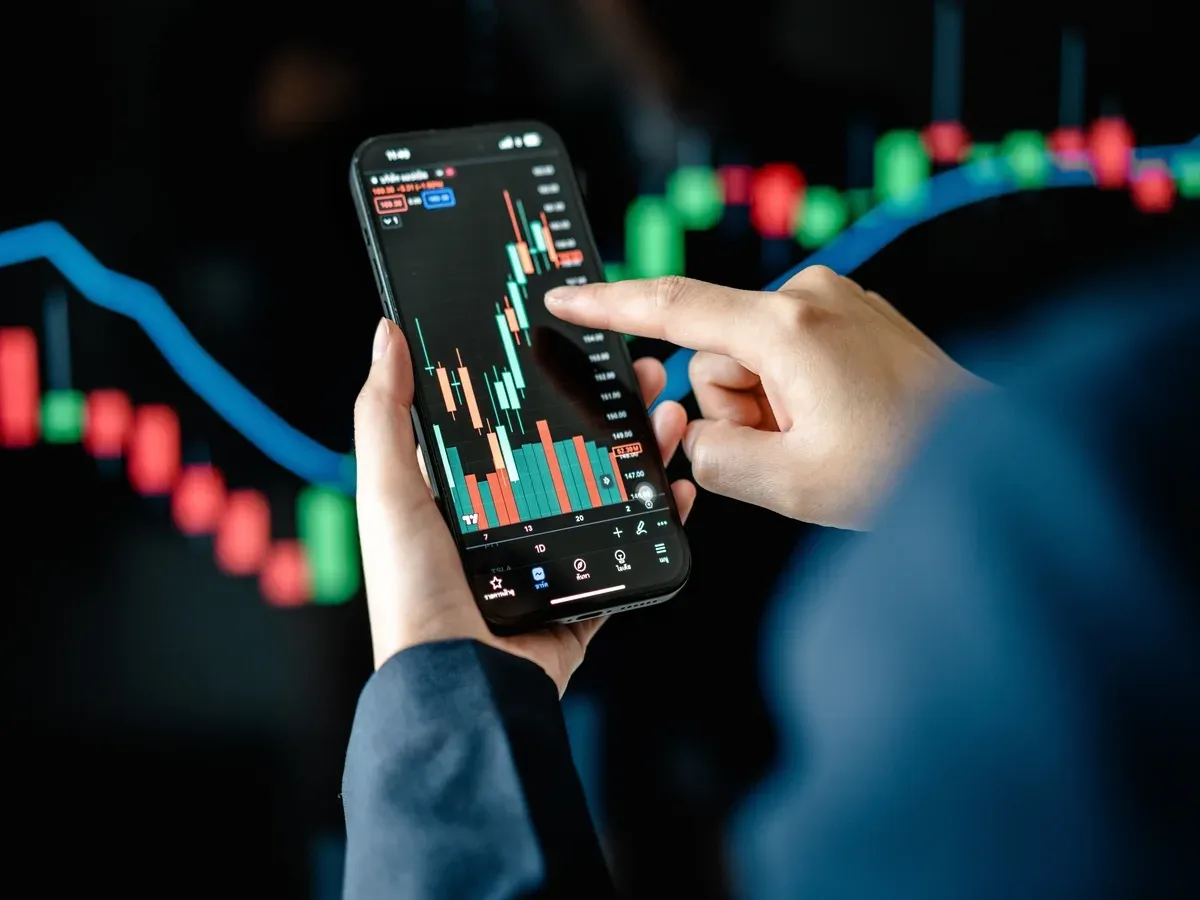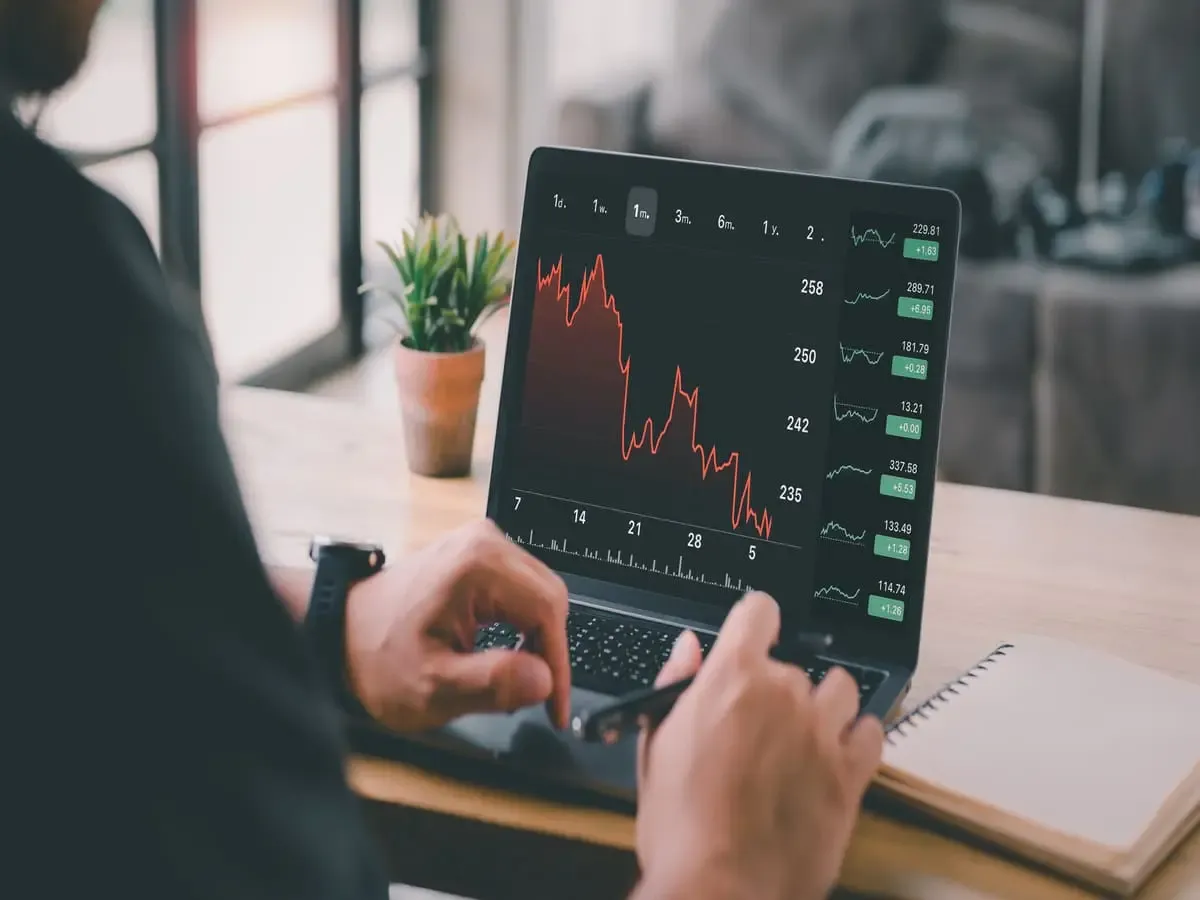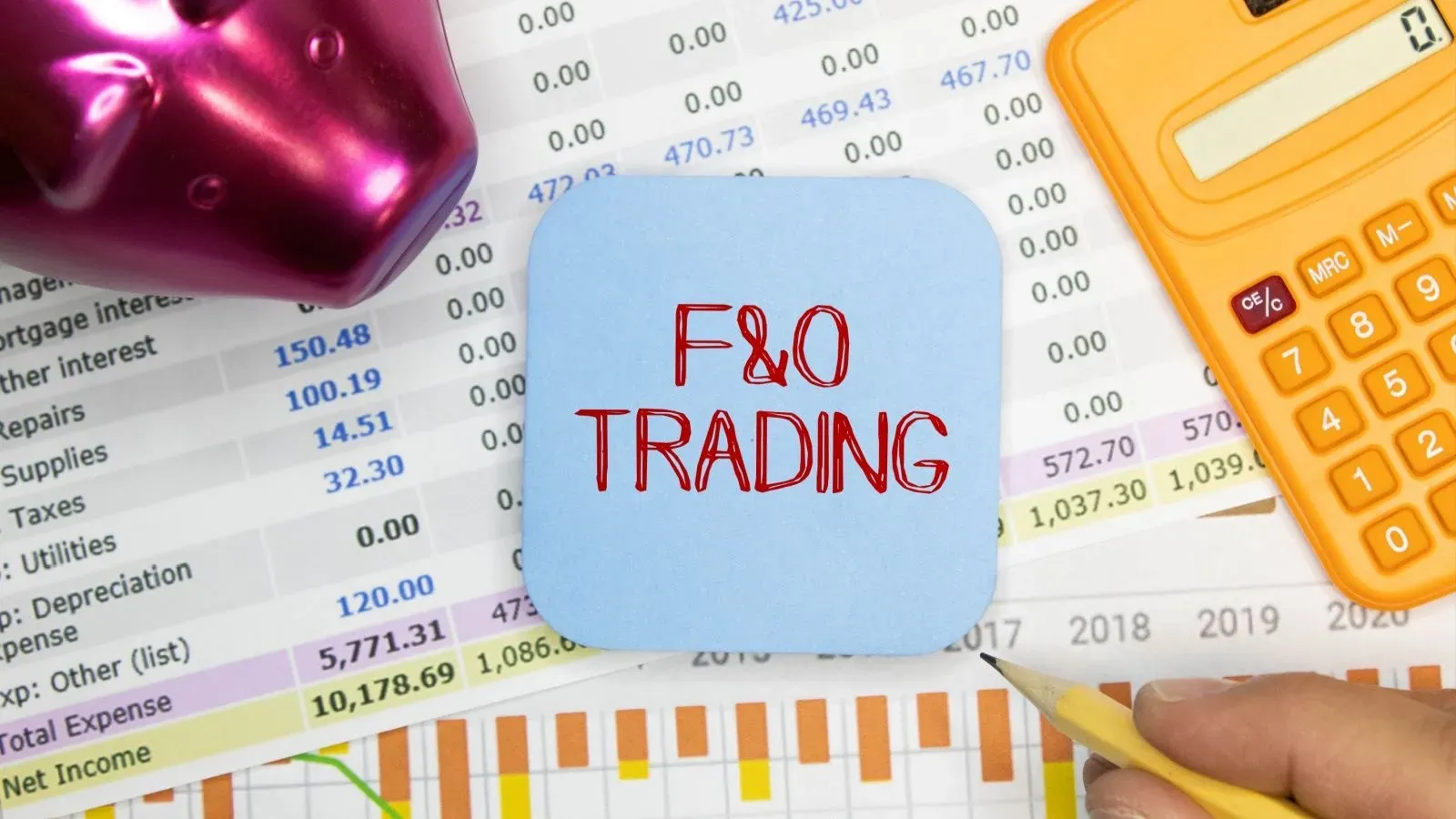Tips for NIFTY futures trading: Eight golden rules to follow
Written by Upstox Desk
Published on July 31, 2025 | 8 min read

Summary:
Getting started with NIFTY involves understanding that it represents the 50 most actively traded stocks on the National Stock Exchange (NSE), offering liquidity and profit opportunities through index movements. Trading NIFTY futures requires careful consideration, including analysing price differentials, leveraging positions with caution, assessing open interest data, and managing liquidity gaps. Margin requirements, overnight risk, and understanding the counterparty perspective are also critical. Additionally, monitoring dividends, transaction fees, and taxes is essential for successful NIFTY futures trading.
If you are looking to venture into derivatives trading, NIFTY futures trading could be an excellent place to start. Trading in NIFTY futures is a popular means of trading the overall market, as the NIFTY index is a fairly accurate representation of the broader economy and the market's specific performance. It is the benchmark index of the Indian stock market.
But how do you go about it? What are the fundamental guidelines for achieving success in trading NIFTY futures? Let’s go over these basics before we delve into NIFTY futures trading.
Getting started with NIFTY: What you need to know
You see, NIFTY is an index or a list. It is essentially a combination of the terms “national” and “fifty”. NIFTY comprises a curated selection of the 50 most actively traded stocks from various sectors, functioning as a comprehensive representation of the foremost stocks on the National Stock Exchange (NSE). That makes it way more liquid compared to individual stocks. Getting in and out of trades is pretty smooth and straightforward. When you own this script, you can earn money when the NIFTY index experiences an upward movement, allowing you to sell it at a profit. It's similar to purchasing shares in various companies, with the distinction that you're investing in the entire NIFTY index in this instance.
The next question that naturally arises is what are futures, and how do they operate in NIFTY trading? Let's delve into this to gain a better understanding.
Demystifying NIFTY futures: Basics and benefits
NIFTY futures are, in essence, futures contracts based on the NIFTY index. They are derivative contracts that grant investors the ability to purchase or sell the NIFTY 50 Index at a prearranged price and date in the future. The value of these futures contracts is directly linked to the performance of the NIFTY 50 Index. Remember this:
- The smallest allowable lot size of NIFTY is 50 units. It means, one lot of NIFTY futures contract will represent 50 units. For instance, at the current market price of INR 19,727.05 per unit, that equals a total value of INR 986352.5.
- NIFTY futures contracts typically have a maximum trading cycle of three months. When the contract expires, the profit or loss is calculated based on the difference between the contracted price and the actual price of the NIFTY 50 Index.
Trading NIFTY futures: Eight key points that ensure profitability
Before diving into NIFTY futures trading, there are a few important things to consider. It's crucial to thoroughly research the NIFTY 50 Index and understand its underlying components. Here are eight guidelines to grow and protect your investments in NIFTY futures trading:
- Examine the price differential between futures and the spot market: Before trading NIFTY futures, understand the spread logic. The spread is the gap between the price of futures and the spot price, which is the current market price for the immediate buying or selling of an asset. Futures usually trade at a spread over the spot price, determined by the cost of funds, also known as the cost of carry.
For example, if the NIFTY spot price is INR 15,000, and the NIFTY futures contract for the same period is trading at INR 15,100, there's an INR 100 spread. Be cautious not to buy when NIFTY futures are at a significant premium (say INR 15,500) to the spot index, indicating potential overpricing. Or at a discount (INR 14,500, for instance), which may signify aggressive futures selling.
- Approach it as a leveraged position: NIFTY futures are leveraged positions. This means that while your profits have the potential to multiply, so can your losses. They come with typical margins of around 10% for regular trades and 5% for intraday trades. Normal trades are leveraged by ten times, and intraday trades by twenty times. Therefore, it's essential to use strict stop-loss (a trader's tool to mitigate potential losses in the stock market. It functions by automatically selling your security once its price reaches a predefined level, referred to as the stop price) and profit targets when trading NIFTY futures.
- Examine open interest data: Before initiating a NIFTY futures position, conducting a thorough data analysis is advisable. A brief assessment of NIFTY futures' open interest (the total number of futures contracts held by market participants at the end of the trading day) and its accumulation trends will indicate whether open interest is increasing for long or short positions. This analysis will enable you to form a more informed perspective on the likely direction of NIFTY.
- Steer clear of liquidity gaps: NIFTY futures trading can sometimes lead to liquidity challenges. After the rollovers (the process of replacing a near-month contract, which is nearing its expiration date, with another contract that has a later expiry date) are largely completed on the expiry day, trading volumes in NIFTY futures tend to dwindle. Additionally, during sharp market declines, spreads can expand considerably, heightening the trading risk associated with NIFTY futures.
- Keep an eye on margin considerations: While setting stop-losses is vital in NIFTY trading, comprehending the margin requirements is equally important. When you take a position, you'll need to cover the initial margin of the value at risk (VAR) and extreme loss margin (ELM). Additionally, you'll be responsible for mark-to-market (MTM) margins, which are determined by daily price fluctuations. These MTM margins have implications for your capital allocation strategy.
Suppose you decide to go long (by which you are required to purchase the underlying instrument at the contract price upon its expiration) on one NIFTY futures contract, and the VAR for this contract is 5% of the contract's value, which is INR 1,00,000. Additionally, the ELM for the same contract is 1% of the contract's value, which is also INR 1,00,000. So, to open this NIFTY future’s position, you would need to allocate a total initial margin of INR 2,00,000 (VAR of INR 1,00,000 + ELM of INR 1,00,000). Moreover, if the contract's value increases by INR 5,000 in a day, you might need to allocate additional capital to cover this change in MTM margin.
- Exercise caution regarding overnight risk in NIFTY futures: You may have daytime stop-loss orders in place, but they won't shield you from overnight risks. For instance, consider a scenario where you're holding long positions in NIFTY futures, and the US DOW stock exchange plunges by 200 points at the opening bell. In such cases, stop losses prove to be ineffective, leaving you vulnerable to overnight risks associated with NIFTY futures.
- Adopt the counterparty perspective: When you purchase NIFTY futures, someone else is selling them. And vice versa when you sell. Whether the other party is a trader or a hedger, open interest data offers you valuable insights. While your NIFTY outlook guides you, gaining an understanding of the opposing view can enhance your trading clarity.
- Monitor dividends, transaction fees, and taxes diligently: When engaging in NIFTY futures trading, remember that you're using actual capital, and three key factors deserve your attention:
- Dividend impact: Futures contracts don't provide dividends, which can lead to them trading at a discount. Be mindful of this when making decisions.
- Transaction costs: Consider both brokerage fees and statutory costs associated with NIFTY trading, as they influence your breakeven point.
- Tax treatment: For tax purposes, NIFTY futures are classified as securities. Therefore, any profits or losses incurred will be treated as capital gains or losses, subject to corresponding tax implications.
Simplify your NIFTY futures trading journey with expert guidance
Engaging in NIFTY Futures trading can be advantageous since it allows you to trade alongside India's prominent corporate entities. These companies are meticulously chosen for their reputable track records within the Indian market, spanning various sectors of the country's industry. Expert guidance holds substantial influence in NIFTY futures trading. Collaborate with one of India's swiftly expanding brokerage firms to work towards your financial goals. Explore the reasons for investing, the ideal investment destinations, and the suitable assets. #InvestRightInvestNow to grow your NIFTY futures and make financial gains.
Read more here.
About Author
Upstox Desk
Upstox Desk
Team of expert writers dedicated to providing insightful and comprehensive coverage on stock markets, economic trends, commodities, business developments, and personal finance. With a passion for delivering valuable information, the team strives to keep readers informed about the latest trends and developments in the financial world.
Read more from UpstoxUpstox is a leading Indian financial services company that offers online trading and investment services in stocks, commodities, currencies, mutual funds, and more. Founded in 2009 and headquartered in Mumbai, Upstox is backed by prominent investors including Ratan Tata, Tiger Global, and Kalaari Capital. It operates under RKSV Securities and is registered with SEBI, NSE, BSE, and other regulatory bodies, ensuring secure and compliant trading experiences.






















